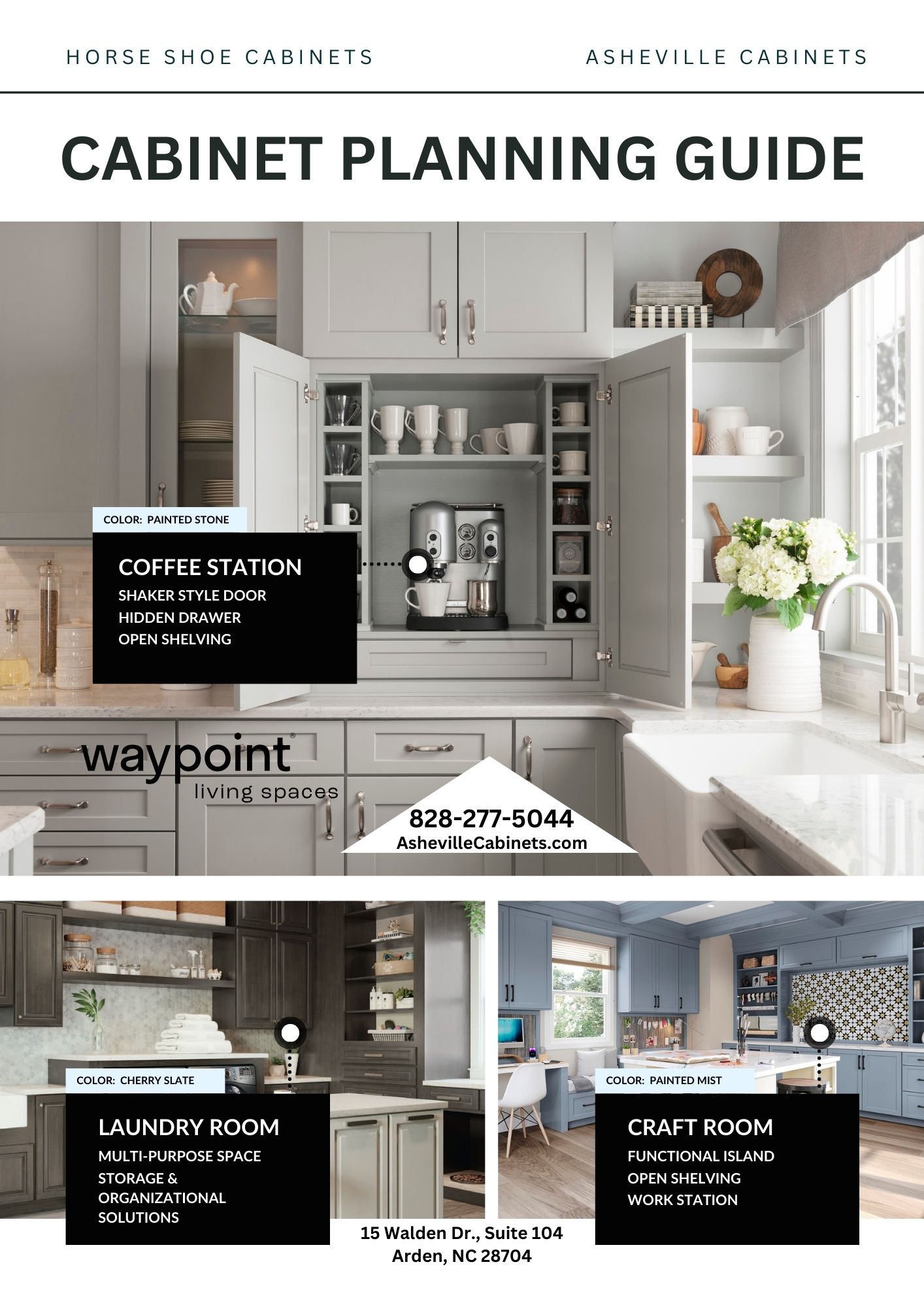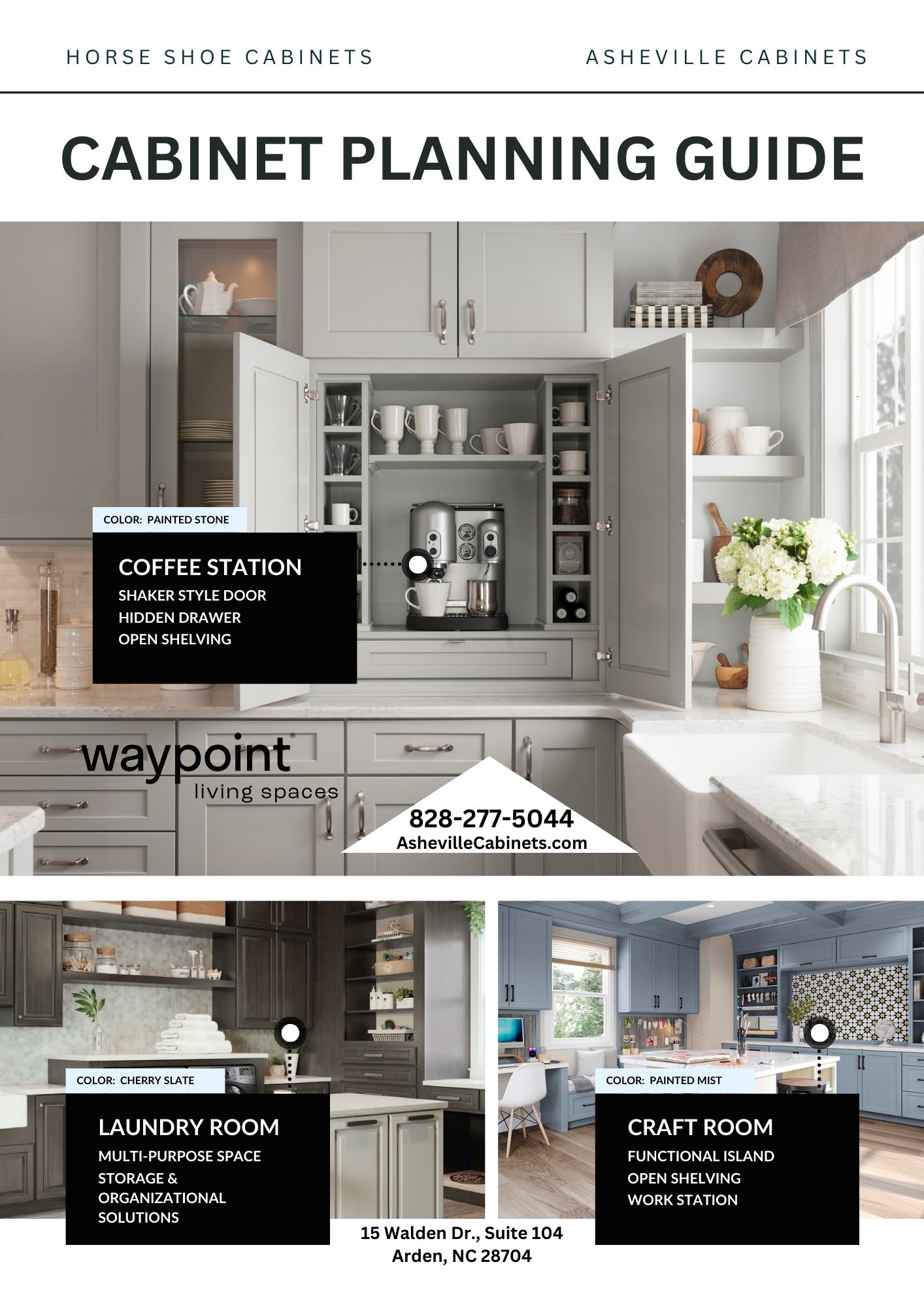Two-tone kitchen cabinets are a fantastic way to introduce depth, contrast, and personality into a kitchen space. For builders, remodelers, and designers, mastering this design trend involves more than just choosing colors—it’s about creating a harmonious and functional aesthetic that resonates with clients. Here’s a detailed guide to designing two-toned kitchen cabinets that not only captivate but also enhance the usability of the space.
1. Understand Your Client’s Vision and Space
Before diving into color choices, start by understanding your client's vision and the kitchen’s existing features. Discuss their preferences, lifestyle needs, and the overall mood they want to achieve. Evaluate the kitchen’s size, layout, and architectural elements to ensure that your design complements the space. For smaller kitchens, lighter colors on the upper cabinets can create an illusion of openness, while darker tones on the lower cabinets ground the space. In larger kitchens, bold contrasts or a different tone on an island can provide a striking focal point.
2. Choose Complementary or Contrasting Colors
The heart of two-toned cabinet design lies in color selection. Decide whether you want to create a subtle blend or a bold contrast. For a balanced look, choose colors that are adjacent on the color wheel, such as soft gray and charcoal or beige and brown. If aiming for a dramatic effect, opt for complementary colors like navy blue and crisp white or teal and gold. Ensure that the chosen colors work well with other kitchen elements like countertops, backsplashes, and flooring. Consider the kitchen’s lighting, as natural and artificial light can affect color perception.
3. Plan the Color Placement and Layout
Strategically planning where to place each color is key to achieving a well-balanced design. Typically, a darker shade on the lower cabinets and a lighter hue on the upper cabinets creates visual balance and makes the room appear more spacious. Alternatively, you might use one color for the main cabinetry and another for a kitchen island or a feature wall. Incorporating open shelving or glass-front cabinets in one of the tones can also add visual interest and break up the color block. Ensure that the color placement enhances the kitchen’s layout and functionality.
4. Integrate Finishes and Textures
Incorporate a variety of finishes and textures to add depth and interest to your two-toned design. For a modern look, consider high-gloss or lacquered finishes that reflect light and create a sleek appearance. For a more traditional or rustic feel, matte or textured finishes can add warmth and character. Additionally, mixing textures, such as combining flat-panel doors with shaker-style doors, can further enhance the design. Ensure that the finishes complement both cabinet colors and the overall kitchen aesthetic.
5. Focus on Details and Cohesion
Attention to detail can make or break a two-toned kitchen design. Choose hardware that complements both colors and enhances the overall look. Consistent hardware across all cabinets helps maintain visual cohesion. Additionally, pay attention to other design elements such as crown molding, trim, and cabinet accessories to ensure they align with the two-toned theme. Consider incorporating elements like built-in lighting to highlight the cabinet colors and create a well-lit, inviting space.
Conclusion
Designing two-toned kitchen cabinets involves more than just selecting colors; it’s about creating a cohesive and functional space that reflects your client’s style. By understanding their vision, carefully choosing and placing colors, integrating finishes and textures, and focusing on the finer details, you can design kitchens that are both stylish and practical. Embrace the two-toned trend to deliver kitchens that stand out and offer a perfect blend of aesthetics and functionality.


Featured Design
Cabinet Brand:
Waypoint Living Spaces
Door Style: 580 (Slim Shaker Style)
Colors: Maple Almond & Painted Navy


